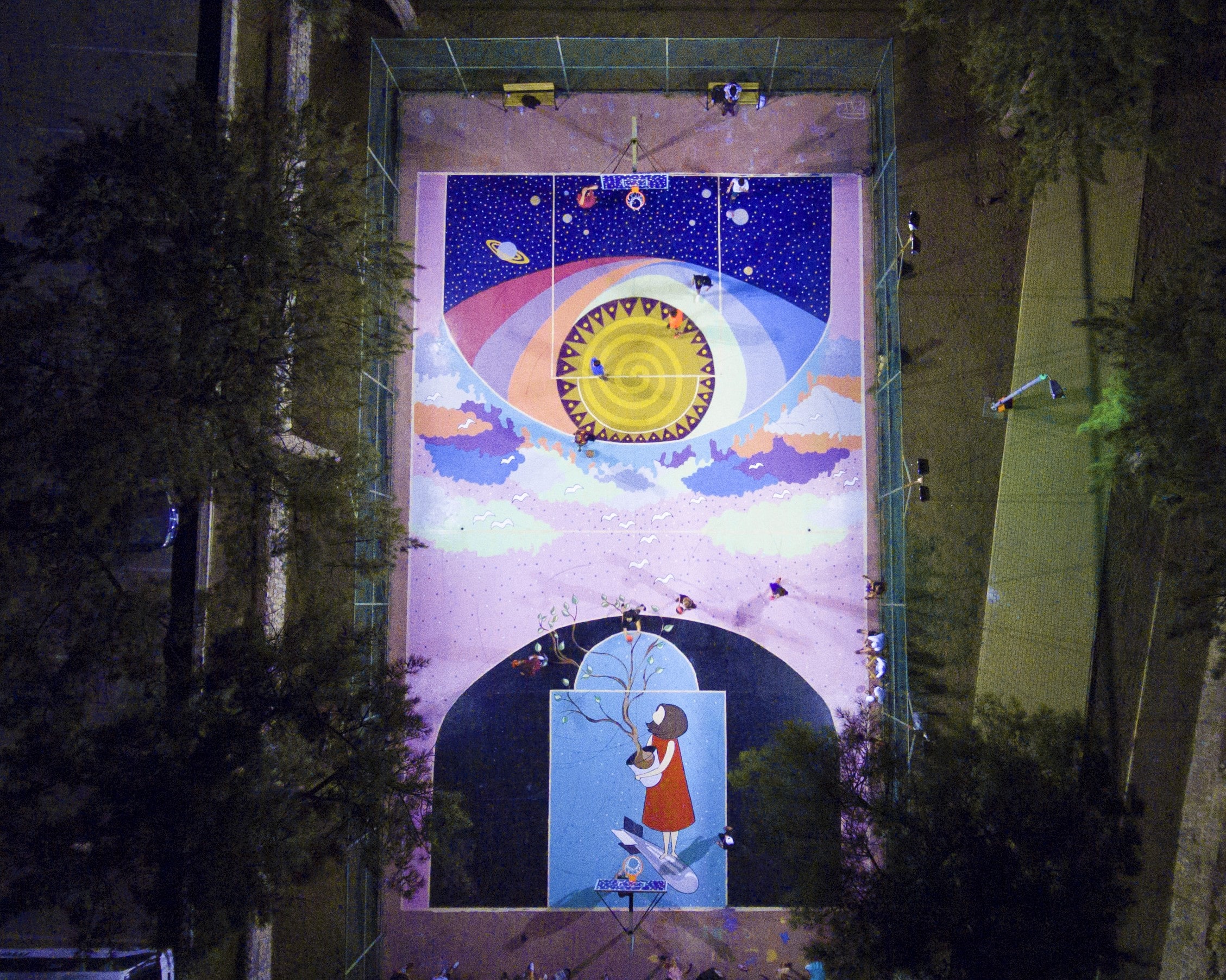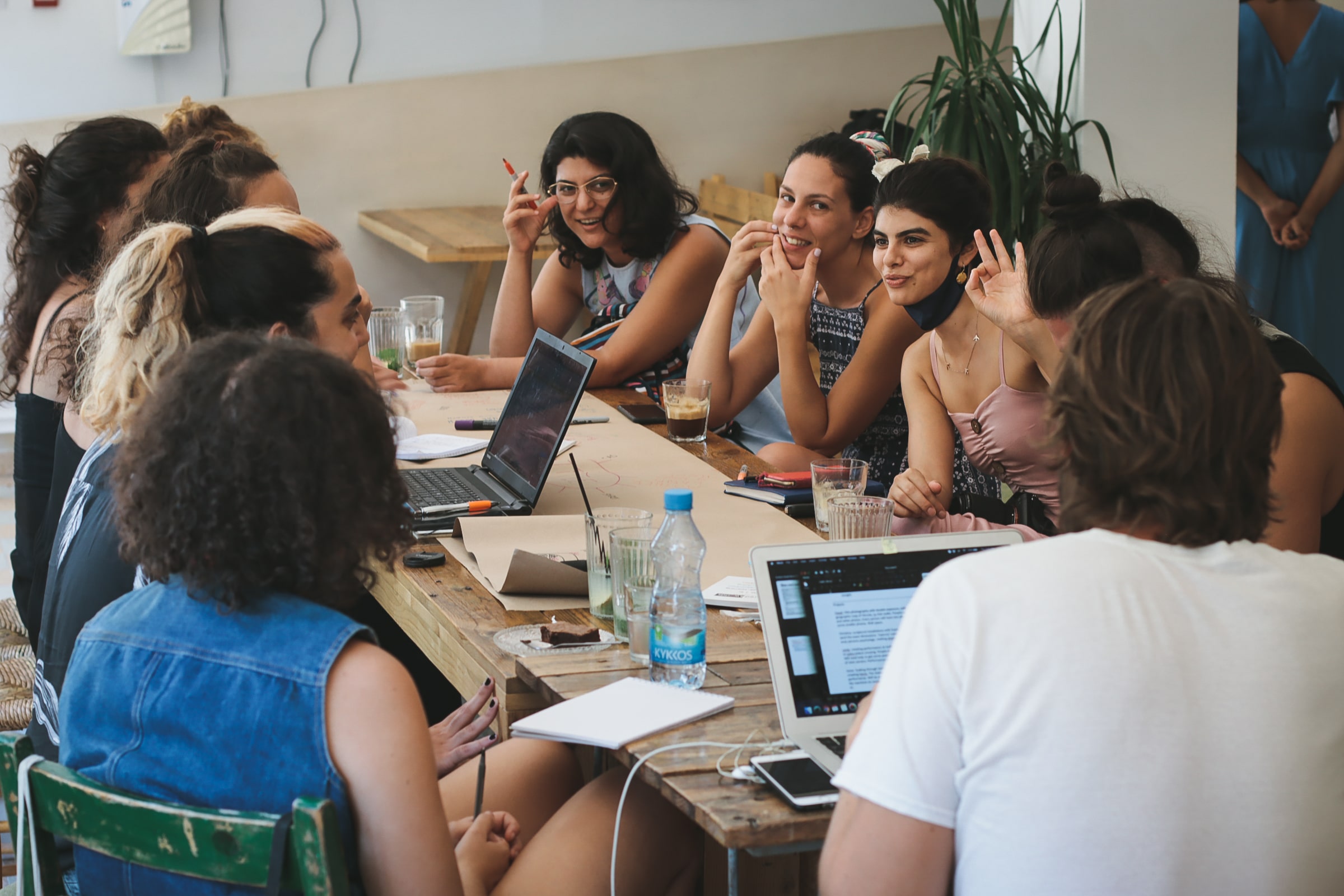Europe, Visual Arts, Post-war Reconciliation, Interethnic Dialogue

The Visual Voices Residency Program is a visual arts programme developed by Visual Voices, from Cyprus. The programme incorporates a peace education curriculum, specifically designed for socially-engaged artists who come from communities affected by conflict, and address related social issues. This curriculum is used during the residency to initiate discussions, debates, and sharing of perspectives of how visual arts, like photography and filmmaking, could impact social change in different communities.
The organisation provides artists with a space for research and creation, allowing them the freedom to explore their chosen themes and directions, with a limitation on promoting
anything that could be interpreted as hate speech. As a result, artists can share their work on non-commercial platforms of expression such as digital exhibitions, augmented reality applications, and conferences to promote the artists, their works, and the underlying messages.
Photo credit: Giorgos Stylianou_Nurtane Karagil
Due to the division of Cyprus, which dates back to the mid-20th century, the city of Nicosia was physically divided into two parts: the southern part, controlled by the internationally-recognised government of the Republic of Cyprus and inhabited primarily by Greek Cypriots; and the northern part, controlled by the self-declared Turkish Republic of Northern Cyprus, recognised only by Turkey and inhabited mainly by Turkish Cypriots and people of Turkish descent.
The division is symbolised by the Green Line, a United Nations-controlled buffer zone that runs through the city and entire country, separating the Greek Cypriot and Turkish Cypriot communities. It has persisted for decades despite numerous attempts to find a peaceful resolution to reunify the island. The lack of contact and communication between two communities hinders efforts to address issues of mutual concern, and further heightens friction in an increasingly militarised region.
Due to numerous non-governmental initiatives, such as music festivals, theatre performances, and public discussions between opposing communities, Visual Voices recognised the lack of inclusion and support for visual arts and artists in community-building processes, which was the basis of founding their organisation.

Visual art practices as storytelling tools between people from different communities
Peace education through visual art residency programs
Cultural exchange and cross-cultural collaboration


Since 2018, residencies connected over 170 organisations, artists, and practitioners from over 60 countries, including divided communities in Cyprus.

By facilitating the exchange of experiences and ideas among artists from diverse conflict-affected communities, the organisation is fostering a sense of commonality, and confidence among artists to create socially-engaged art in their own communities.

By working with young artists, residencies became a tool for encouraging dialogue among artists from conflicted communities. They create space for artistic expression that contributes to building of peace-supporting narratives among artists from opposing communities in Cyprus and beyond.

We are creating opportunities for the artist, and ultimately the community, to create and engage with peace-supporting narratives. Through the research, through the development, reflection and production of new artworks, we're hoping to break down conflict narratives and create something more positive.
